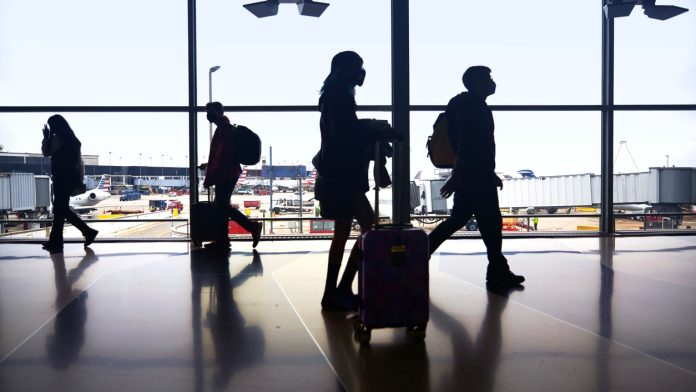New analysis suggests that frequently quoted numbers of inbound and outbound medical travel from the USA may be much lower in reality.
Published figures on inbound and outbound medical tourism in the USA are high, and often come from agents, publishers and trade bodies with an interest in promoting a narrative based around half a million inbound medical travellers. Outbound figures are regularly quoted as being between 500,000 and 2 million.
Perhaps a more realistic inbound estimate is between 150,000 and 200,000.
The US Cooperative for International Patient Programmes (USCIPP) membership programme for 60 hospitals that operate in the international patient care market recorded only 58,000 medical travellers in 2018-2019. While there are many non-USCIPP hospitals, dentists and clinics in the US, it would be a struggle to reach 0.5 million.
US insuretech, HealthCareInsider, has also analysed proprietary data from Medical Departures, a Singapore based medical travel portal. It found that during the pandemic, Americans continued to go abroad for care. In 2020, it states an estimated 290,000 Americans went abroad for dental and medical procedures. In 2019, it says 780,000 sought outbound services. It’s projected analysis for 2021 is 650,000. How accurate the figures are and where the numbers come from is unknown.
The most recent information can be found in the Recent Trends in U.S. Services Trade: 2021 Annual Report, Publication 5192 (April 2021) on US imports and exports from the state body, the US International Trade Commission (USITC).
Health services exports according to USITC comprise two components, health services and health-related travel services. Health services consist of services provided by hospitals and medical professionals, including laboratory and diagnostic services, and may be provided remotely or via travel of medical professionals to a foreign market. Health-related travel services refer to services provided to individuals traveling to a foreign country to undergo medical procedures (medical tourism).
In 2015, the last year for which trade flows for both health services and health-related travel services are available, health-related travel accounted for 49% of U.S. exports of all health services. In 2019, U.S. cross-border exports of health-related travel services were US$1.2 billion (inbound medical tourism) and imports (outbound medical tourism) totalled US$717 million.
Top countries buying health-related travel services cross-border in 2019 (inbound medical tourism) included China (US$192 million), Canada (US$81 million), and Mexico (US$69 million).
Health-related travel services exports increased by 4% from 2018 to 2019, which was comparable to the average annual growth rate of 5%in 2015–18. Cross-border imports of health-related travel services grew by 6% from 2018 to 2019, less than the average annual growth rate of 9% in 2015–18.
The report recognises that certain healthcare services (for example, in-patient care) cannot be provided through telemedicine due to the physical separation of the provider and the patient, but such care can be provided through regular healthcare facilities operated by foreign affiliates.
Patients tend not to rely on health-related travel for acute care (urgent treatment for a severe injury or illness) due to the lengthy processes involved in arranging travel. However, by traveling to an in-person provider, a patient can receive a greater range of care than through telemedicine.
Outbound medical tourism revenue in 2019 included Mexico (US$231 million), Colombia (US$48 million), and Costa Rica (US$35 million).
Mexico is where the vast majority of outbound US medical tourists go, so with the 2019 Mexican estimate of 300,000 (most from the USA), perhaps a normal figure for US outbound is nearer 400,000 than the quoted million plus.








 ©2024 All rights reserved LaingBuisson
©2024 All rights reserved LaingBuisson 


